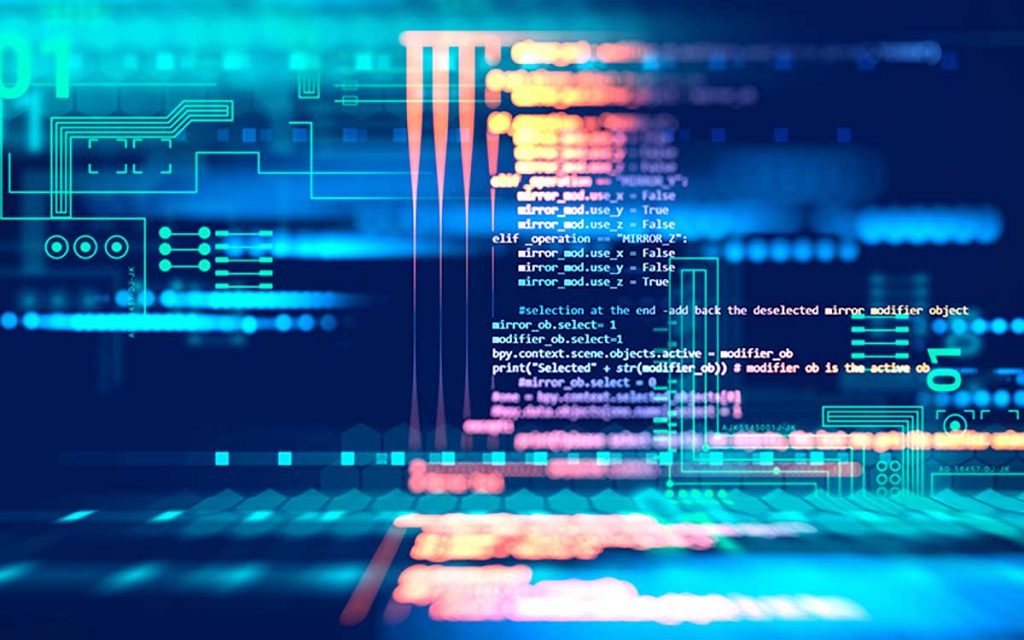Digital hearing aids are the best advancement in the hearing impairment industry since hearing aids were designed. They offer multiple improvements to both the control and function of hearing aids. Some notable improvements include remote controls to adjust settings and omnidirectional microphones which result in better sound reception.
Development of Hearing Aids
Hearing aids are far from the original ear trumpet that was first used in the 1800’s. At the time of inception, ear trumpets were considered revolutionary. Since that time, aids to assist in hearing for seniors and other hearing-impaired people have advanced far beyond the trumpet. Today’s hearing aid is usually a digital device, this allows the device to be smaller. They can also be customized easier to meet each user’s needs. Audiologist can fine-tune hearing aids and adjust volume and reduce extraneous background noise to make the user experience better for any patient regardless of their hearing loss issues.
Improved Connections
In fact, digital hearing aids work much like many of the digital audio devices people are already familiar with. They can easily connect to Bluetooth and home wireless networks similar to a phone or tablet. Benefits from these improvements include ease of use, better operation, noise reduction, increased range and better frequency transposition.
Digital Noise Reduction
DNR technology is better than directional microphones due to the fact that it replicates actual speech and noise patterns including speech modulation. This results in a better and more natural hearing experience for the user.
Introduction of Digital Hearing Aids
When first introduced in 1996, digital hearing aids used a process called digital signal processing or DSP. DSP was an improvement over previous models because it boosted processing speeds and improved hearing ability and amplification range for users by reducing background noise.
Single Sided Deafness
Before DSP was developed, anyone who was suffering from single-sided deafness had trouble blocking out background noise and focused on listening with their “good ear.” New technology has reduced this problem because the good ear can can rely on accurate signals from the bad ear resulting in a better overall hearing experience. Some of the developments that lead to this improvement are CROS and bone conduction devices.
Self-Learning Hearing Aids
The most advanced hearing aids can self learn or regulate sounds. Using smart technology, these hearing aids will automatically adjust settings to a user’s preferences after learning what those preferences are. The control is in the user’s hands giving them more confidence and making use more comfortable.
Filtering Noise
The issue with previous technology was that all sound was amplified leading to problems with filtering out extraneous noise. Modern hearing aids filter out the background noise so that users can hear words and key sounds without the strain of filtering. As technology developed, speech recognition and signal-to-noise ratio (SNR) helped reduce noise. Other improvements have added aid to aid communication allowing the left and right hearing aids to cooperate in conveying sound to the user. Using digital magnetic wireless communication in hearing aids allows these high-tech devices to control switch position and microphone modes. The historic complaint of too much background noise is always being improved upon.
Looking Forward
Digital hearing aids are the future of hearing impairment technology. More functional than the former analog hearing aids, digital models give impaired individuals innovative microelectronics and freedom with wireless technology. Using these methods, manufacturers of hearing aids will be able to continue to improve function for anyone who needs to hear better. Users can look forward to hearing improvement that will keep step with their busy lives and need to blend in with hearing society.
